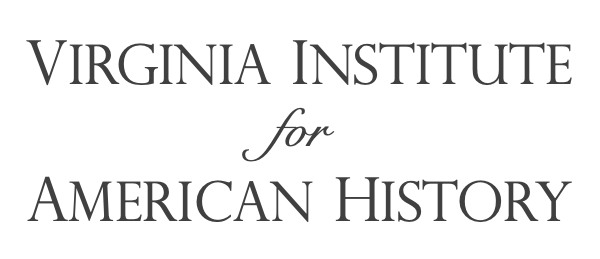By: Tony Williams
On
November 19, 1863, Abraham Lincoln delivered all 272 words of the Gettysburg
Address in a mere two minutes to dedicate the cemetery
for the soldiers who died there in early July. The result of the brief speech was one of the most profound,
and certainly the most poetic, reflections upon the meaning of America.
Evoking
the language of the King James Bible, Lincoln begins with the immortal words:
Four score and seven
years ago our fathers brought forth on this continent, a new nation, conceived
in Liberty, and dedicated to the proposition that all men are created equal.
Lincoln
takes his audience, and us, back to 1776 and the Declaration of
Independence. Throughout his
public career, he appealed to the Declaration of Independence dozens of times
to denounce the evils of slavery and praise the American natural rights
republic in which our rights were from God, who created all men equal in those
rights according to natural law and human nature.
For
example, in 1858, in addition to similar statements in the debates with Stephen
Douglas, he explained that the Declaration asserted a moral principle of
equality that breathes life into the American experiment in liberty and
self-government:
When they look through that old Declaration of Independence
they find that those old men say that ‘We hold these truths to be self-evident,
that all men are created equal,’ and then they feel that that moral sentiment
taught in that day evidences their relation to those men, that it is the father
of all moral principle in them, and that they have a right to claim it as
though they were blood of the blood, and flesh of the flesh of the men who
wrote that Declaration, and so they are. That is the electric cord in that
Declaration that links the hearts of patriotic and liberty-loving men together,
that will link those patriotic hearts as long as the love of freedom exists in
the minds of men throughout the world.
In
addition, in 1859, Lincoln wrote that Jefferson’s revolutionary principle of
the equality of mankind changed the world:
All honor to Jefferson--to the man who, in the concrete
pressure of a struggle for national independence by a single people, had the
coolness, forecast, and capacity to introduce into a merely revolutionary
document, an abstract truth, applicable to all men and all times, and so to
embalm it there, that to-day, and in all coming days, it shall be a rebuke and
a stumbling-block to the very harbingers of re-appearing tyranny and oppression.
In
the opening of the Gettysburg Address, Lincoln evokes the past – taking us back
to the founding or conception of the republic at its birth – and provides a
vision of the American continent. Notice
the brilliant use of time and place in each paragraph which could be graphed if
you’re of such a mind to do such a thing.
In
the next paragraph, Lincoln brings us to the present – an awful, bloody present
in which 51,000 Americans perished at this one battlefield over three horrific
days. Instead of continent,
Lincoln discusses the nation. So,
rather than birth-past-continent, this haunting paragraph gives us
death-present-nation.
Now we are engaged in
a great civil war, testing whether that nation, or any nation so conceived and
so dedicated, can long endure. We are met on a great battle-field of that war.
We have come to dedicate a portion of that field, as a final resting place for
those who here gave their lives that that nation might live. It is altogether
fitting and proper that we should do this.
Note
how Lincoln repeats the word “dedicate” over and over again – a nation
dedicated to the principle of equality, a president dedicating a battlefield, a
people dedicated to seeing the bloody civil war to its end to complete its work
towards equality. You’ll find
several uses of the word in the closing.
Listen
to the poetic triplets of parallel construction in the concluding paragraph
when Lincoln says, “We can not
dedicate – we can not consecrate – we can not hallow,” and “government of the people, by the people, and for the
people.” This rhetorical
device gives the speech its magical cadence and rhyme.
The
closing takes us to the future, to the battlefield, and to the rebirth of the
nation in the fulfillment of its principles from its birth as Lincoln brings us
full-circle with great praise to the honored war-dead.
But, in a larger
sense, we can not dedicate — we can not consecrate — we can not hallow — this
ground. The brave men, living and dead, who struggled here, have consecrated it,
far above our poor power to add or detract. The world will little note, nor
long remember what we say here, but it can never forget what they did here. It
is for us the living, rather, to be dedicated here to the unfinished work which
they who fought here have thus far so nobly advanced. It is rather for us to be
here dedicated to the great task remaining before us — that from these honored
dead we take increased devotion to that cause for which they gave the last full
measure of devotion — that we here highly resolve that these dead shall not
have died in vain — that this nation, under God, shall have a new birth of
freedom — and that government of the people, by the people, for the people,
shall not perish from the earth.
With
that, Abraham Lincoln, perhaps our greatest wordsmith, and arguably our
greatest expositor of the ideas of the American founding reminds us that
America was created as a nation of ideas – liberty, self-government, and
equality of all humans.
Tony Williams is the Program Director for the Washington,
Jefferson & Madison Institute







